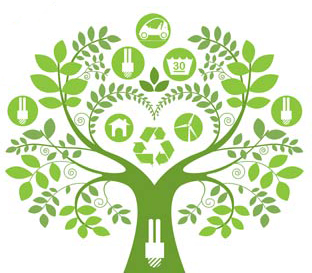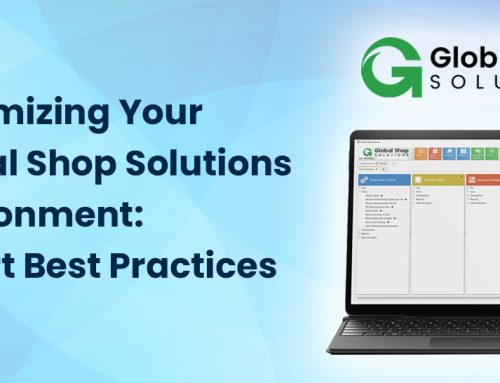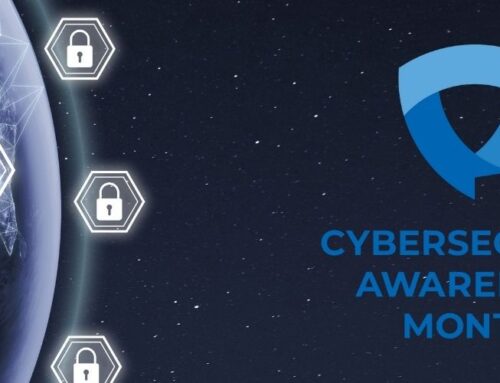 After the warmest February in recorded history this year, and with the suggestion that global warming (at its current hockey stick pace) is anything but man-made fading into the rear-view. Leaving many companies and individuals stuck in a dilemma of how to help. America is the largest per capita emitter of green house gases in the world, in fact nearly 16% of all green house gases are created on our soil, compare that to 18% for the entire European Union, or 22% for China. (according to Wikipedia https://en.wikipedia.org/wiki/List_of_countries_by_greenhouse_gas_emissions) Remember, we have only 5% of the world population! But we are also the richest country in the world, so we have the resources and wherewithal to make the biggest impact. At Upward, we are firmly committed to helping reduce this problem. We have come to the conclusion that although there are tons of expensive, drastic things that can be done to help this critical problem, changing some little behaviors can also contribute to huge change. Here are 3 high impact technology decisions to lower your carbon footprint:
After the warmest February in recorded history this year, and with the suggestion that global warming (at its current hockey stick pace) is anything but man-made fading into the rear-view. Leaving many companies and individuals stuck in a dilemma of how to help. America is the largest per capita emitter of green house gases in the world, in fact nearly 16% of all green house gases are created on our soil, compare that to 18% for the entire European Union, or 22% for China. (according to Wikipedia https://en.wikipedia.org/wiki/List_of_countries_by_greenhouse_gas_emissions) Remember, we have only 5% of the world population! But we are also the richest country in the world, so we have the resources and wherewithal to make the biggest impact. At Upward, we are firmly committed to helping reduce this problem. We have come to the conclusion that although there are tons of expensive, drastic things that can be done to help this critical problem, changing some little behaviors can also contribute to huge change. Here are 3 high impact technology decisions to lower your carbon footprint:
Use Remote meeting tools:
According to the EPA, over 27% of all US emissions are attributed to transportation (https://www3.epa.gov/climatechange/ghgemissions/sources/transportation.html)
Although there is nothing like meeting in person, today’s remote communication tools are very effective. Take Skype for Business, it is included in any Office 365 subscription (https://products.office.com/en-US/business/office-365-enterprise-e5-business-software) and provides world-class video conferencing for groups up to 10,000. If your company can commit to reducing your travel by one major trip per year, it will make a major dent in the total footprint of your company.
Move services to the cloud:
The costs of the cloud are coming down, but in many cases will still be a little bit more expensive over time vs an on-premise server depending on the applications you run and the type of business you are. The cloud leverages a fabric of servers connected across the globe to disperse the computing power you need, basically a huge network of data centers. These data centers use enormous amounts of power, but a heck of a lot less than thousands of individual servers sitting in data closets! If you factor in the power that your server draws day and night, moving your server to Microsoft Azure can be an excellent strategic play both for functionality and productivity and for reducing your carbon footprint.
Configure your computer to power down:
The average computer draws 250-250 Kw/hour (http://michaelbluejay.com/electricity/howmuch.html) One very simple and easy thing you can do that could have a big cumulative impact is make sure all your computers are turning off at night. To do this on a PC, see the following simple instructions:
http://www.tomsitpro.com/articles/windows-8.1-sleep-hibernation-settings,2-737.html
To do this on a Mac, click here:
http://www.ehow.com/how_8087791_change-sleep-mode-mac.html
The most important takeaway from this blog should be this: like politics, all sustainability is local. It is incumbent upon everyone to make changes in our lives to help reduce our individual impact. Upward has made significant strides in improving this in our environment, and we intend to help every client we can to do the same. The future depends on us!
Interested in talking to a Managed Service Provider who specifies in IT that can help reduce costs and your environmental impact? Contact Upward Technology today!






Leave A Comment